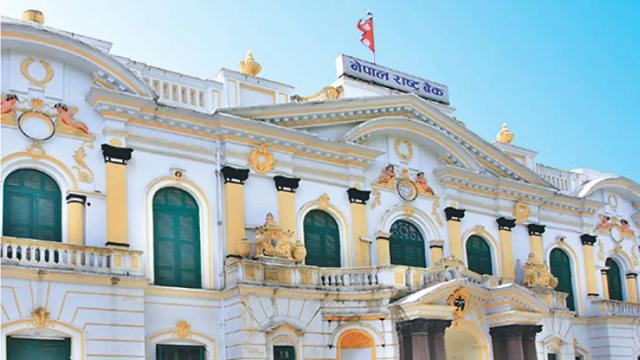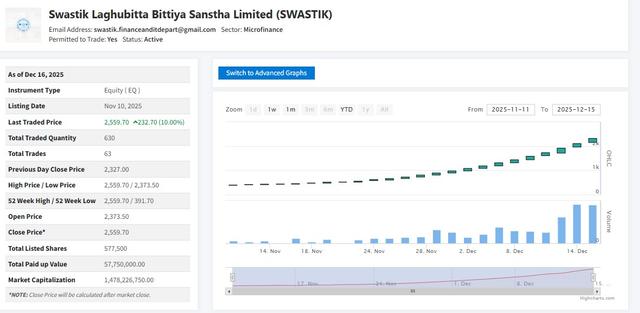New Directive from Nepal Rastra Bank: Significance and Impact of Increasing NDF Investment Limit
Author
Nepsetrading

The Nepal Rastra Bank has issued a new directive, increasing the investment limit for Non-Deliverable Forwards (NDF) from 15% to 20% of the core capital of financial institutions. This decision provides financial institutions with greater flexibility and investment opportunities in managing foreign exchange risks.
What is NDF?
NDF is a type of financial derivative in which two parties agree to exchange currencies at a specified exchange rate on a future date. However, instead of exchanging the actual currency, the settlement is made in cash. This helps importers protect themselves against fluctuations in the exchange rate of the US Dollar (USD).
Key Points of the New Directive:
Increase in Core Capital Limit: The investment limit in NDF has been raised from 15% to 20%.
Investment Opportunities: Financial institutions can now enter into more NDF contracts, improving their investment strategies and risk management.
Regulation Improvement: This decision aims to enhance transparency and stability in the financial market.
Usage and Importance of NDF:
Nepali importers can use NDF to protect themselves from fluctuations in the USD exchange rate. It helps them secure future costs and avoid exchange rate risks.
Example:
Suppose an importer plans to purchase goods worth USD 50,000 in three months and enters into an NDF contract.
Agreed Forward Rate: NPR 135 per USD
Total Amount: USD 50,000
Settlement Date: 3 months later
Scenario 1: USD Becomes More Expensive
After 3 months, the spot rate (market rate) is NPR 140 per USD.
Payment at the agreed rate: 50,000 × 135 = NPR 6,750,000
Payment at the spot rate: 50,000 × 140 = NPR 7,000,000
Difference: NPR 250,000 (The NDF provider pays this amount to the importer)
In this case, the importer avoids paying the higher market rate.
Scenario 2: USD Becomes Cheaper
After 3 months, the spot rate is NPR 130 per USD.
Payment at the agreed rate: 50,000 × 135 = NPR 6,750,000
Payment at the spot rate: 50,000 × 130 = NPR 6,500,000
Difference: NPR 250,000 (The importer pays this amount to the NDF provider)
In this case, the importer misses the opportunity to benefit from a cheaper market rate.
Who Bears the Risk?
If USD becomes more expensive: The NDF provider (bank) bears the risk.
If USD becomes cheaper: The importer bears the risk.
Why Has the Use of NDF Increased?
Cost Assurance: Importers can plan their future expenses in advance.
Risk Reduction: It helps protect against exchange rate fluctuations.
Market Stability: It makes it easier to plan for pricing and profit/loss scenarios.
Why Was the Limit Increased?
Growing Demand: The instability in the foreign exchange market has increased the demand for NDF.
Institutional Capacity: Financial institutions are now capable of handling more NDF contracts.
Market Stability: The use of NDF will help maintain balance in the foreign exchange market.
Analysts' Opinion:
According to financial analysts, importers who rely on USD have benefited significantly from using NDF. A spokesperson for Nepal Rastra Bank stated that this decision would contribute to greater market flexibility and strengthen the economy.
Conclusion:
The increase in the NDF investment limit from 15% to 20% provides financial institutions with more flexibility and investment opportunities. It will help protect importers from currency risk while contributing to a more stable and transparent foreign exchange market. The impact of this decision is expected to expand further in the future.



